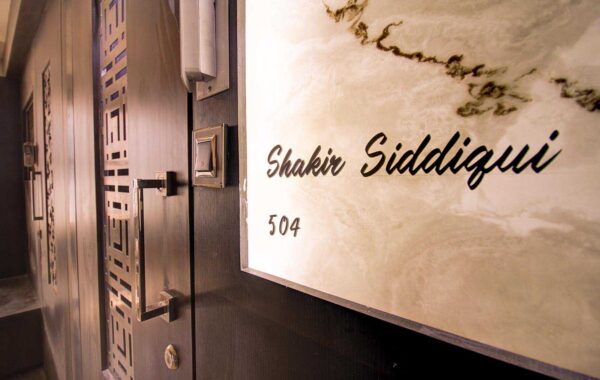In an era of increased environmental awareness, sustainable interior design has gained significant traction. As architects and interior designers, it’s our responsibility to prioritize eco-friendly practices and materials in our projects. In this blog post, we’ll explore the latest trends and practices in sustainable interior design.

2 BHK
Materials Matter:
Choose sustainable and recyclable materials, such as reclaimed wood, bamboo, and low-VOC paints, to reduce the environmental impact of your projects.
Energy Efficiency:
Incorporate energy-efficient lighting, heating, and cooling systems to lower energy consumption and reduce utility costs for clients.
Indoor Air Quality:
Consider indoor air quality by specifying non-toxic materials and finishes that don’t release harmful chemicals into the air.

2 BHK – Dining Table Design
Green Certifications:
Explore certifications like LEED (Leadership in Energy and Environmental Design) to showcase your commitment to sustainability in your designs.
Biophilic Design:
Integrate elements of nature into interior spaces, such as living walls, indoor plants, and natural light, to improve well-being and connection to the environment.
Sustainable Furniture:
Source furniture made from recycled or sustainable materials, supporting manufacturers that prioritize eco-friendly practices.
Sustainable Practices Beyond Materials:
Consider the entire lifecycle of a project, including construction waste management and long-term maintenance practices that minimize environmental impact.
By adopting sustainable interior design principles and staying informed about eco-friendly trends, we can contribute to a greener and more sustainable future for our clients and the planet.



